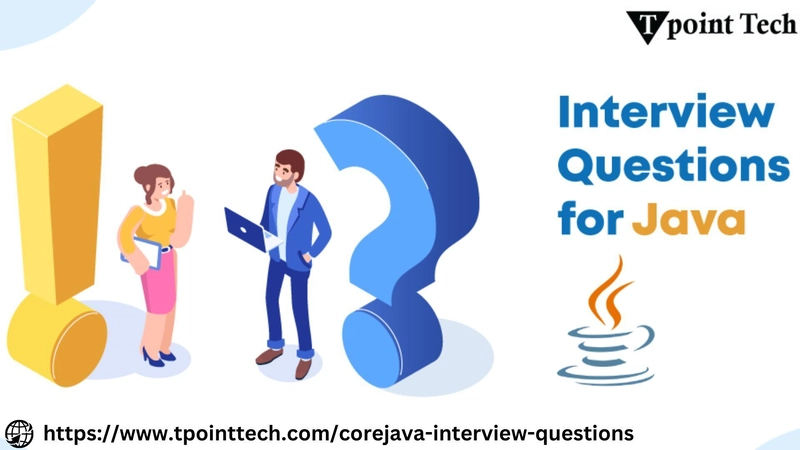Text Processing Software Development
Text processing is one of the oldest and most essential domains in software development. From simple word counting to complex natural language processing (NLP), developers can build powerful tools that manipulate, analyze, and transform text data in countless ways. What is Text Processing? Text processing refers to the manipulation or analysis of text using software. It includes operations such as searching, editing, formatting, summarizing, converting, or interpreting text. Common Use Cases Spell checking and grammar correction Search engines and keyword extraction Text-to-speech and speech-to-text conversion Chatbots and virtual assistants Document formatting or generation Sentiment analysis and opinion mining Popular Programming Languages for Text Processing Python: With libraries like NLTK, spaCy, and TextBlob Java: Common in enterprise-level NLP solutions (Apache OpenNLP) JavaScript: Useful for browser-based or real-time text manipulation C++: High-performance processing for large datasets Basic Python Example: Word Count def word_count(text): words = text.split() return len(words) sample_text = "Text processing is powerful!" print("Word count:", word_count(sample_text)) Essential Libraries and Tools NLTK: Natural Language Toolkit for tokenizing, parsing, and tagging text. spaCy: Industrial-strength NLP for fast processing. Regex (Regular Expressions): For pattern matching and text cleaning. BeautifulSoup: For parsing HTML and extracting text. Pandas: Great for handling structured text like CSV or tabular data. Best Practices Always clean and normalize text data before processing. Use tokenization to split text into manageable units (words, sentences). Handle encoding carefully, especially when dealing with multilingual data. Structure your code modularly to support text pipelines. Profile your code if working with large-scale datasets. Advanced Topics Named Entity Recognition (NER) Topic Modeling (e.g., using LDA) Machine Learning for Text Classification Text Summarization and Translation Optical Character Recognition (OCR) Conclusion Text processing is at the core of many modern software solutions. From basic parsing to complex machine learning, mastering this domain opens doors to a wide range of applications. Start simple, explore available tools, and take your first step toward developing intelligent text-driven software.

Text processing is one of the oldest and most essential domains in software development. From simple word counting to complex natural language processing (NLP), developers can build powerful tools that manipulate, analyze, and transform text data in countless ways.
What is Text Processing?
Text processing refers to the manipulation or analysis of text using software. It includes operations such as searching, editing, formatting, summarizing, converting, or interpreting text.
Common Use Cases
- Spell checking and grammar correction
- Search engines and keyword extraction
- Text-to-speech and speech-to-text conversion
- Chatbots and virtual assistants
- Document formatting or generation
- Sentiment analysis and opinion mining
Popular Programming Languages for Text Processing
- Python: With libraries like NLTK, spaCy, and TextBlob
- Java: Common in enterprise-level NLP solutions (Apache OpenNLP)
- JavaScript: Useful for browser-based or real-time text manipulation
- C++: High-performance processing for large datasets
Basic Python Example: Word Count
def word_count(text):
words = text.split()
return len(words)
sample_text = "Text processing is powerful!"
print("Word count:", word_count(sample_text))
Essential Libraries and Tools
- NLTK: Natural Language Toolkit for tokenizing, parsing, and tagging text.
- spaCy: Industrial-strength NLP for fast processing.
- Regex (Regular Expressions): For pattern matching and text cleaning.
- BeautifulSoup: For parsing HTML and extracting text.
- Pandas: Great for handling structured text like CSV or tabular data.
Best Practices
- Always clean and normalize text data before processing.
- Use tokenization to split text into manageable units (words, sentences).
- Handle encoding carefully, especially when dealing with multilingual data.
- Structure your code modularly to support text pipelines.
- Profile your code if working with large-scale datasets.
Advanced Topics
- Named Entity Recognition (NER)
- Topic Modeling (e.g., using LDA)
- Machine Learning for Text Classification
- Text Summarization and Translation
- Optical Character Recognition (OCR)
Conclusion
Text processing is at the core of many modern software solutions. From basic parsing to complex machine learning, mastering this domain opens doors to a wide range of applications. Start simple, explore available tools, and take your first step toward developing intelligent text-driven software.




























![[Webinar] AI Is Already Inside Your SaaS Stack — Learn How to Prevent the Next Silent Breach](https://blogger.googleusercontent.com/img/b/R29vZ2xl/AVvXsEiOWn65wd33dg2uO99NrtKbpYLfcepwOLidQDMls0HXKlA91k6HURluRA4WXgJRAZldEe1VReMQZyyYt1PgnoAn5JPpILsWlXIzmrBSs_TBoyPwO7hZrWouBg2-O3mdeoeSGY-l9_bsZB7vbpKjTSvG93zNytjxgTaMPqo9iq9Z5pGa05CJOs9uXpwHFT4/s1600/ai-cyber.jpg?#)














































































































































![[The AI Show Episode 144]: ChatGPT’s New Memory, Shopify CEO’s Leaked “AI First” Memo, Google Cloud Next Releases, o3 and o4-mini Coming Soon & Llama 4’s Rocky Launch](https://www.marketingaiinstitute.com/hubfs/ep%20144%20cover.png)




































































































































































































![Rogue Company Elite tier list of best characters [April 2025]](https://media.pocketgamer.com/artwork/na-33136-1657102075/rogue-company-ios-android-tier-cover.jpg?#)








































































_Andreas_Prott_Alamy.jpg?width=1280&auto=webp&quality=80&disable=upscale#)



























































































![What’s new in Android’s April 2025 Google System Updates [U: 4/18]](https://i0.wp.com/9to5google.com/wp-content/uploads/sites/4/2025/01/google-play-services-3.jpg?resize=1200%2C628&quality=82&strip=all&ssl=1)










![Apple Watch Series 10 Back On Sale for $299! [Lowest Price Ever]](https://www.iclarified.com/images/news/96657/96657/96657-640.jpg)
![EU Postpones Apple App Store Fines Amid Tariff Negotiations [Report]](https://www.iclarified.com/images/news/97068/97068/97068-640.jpg)
![Apple Slips to Fifth in China's Smartphone Market with 9% Decline [Report]](https://www.iclarified.com/images/news/97065/97065/97065-640.jpg)



































































































































